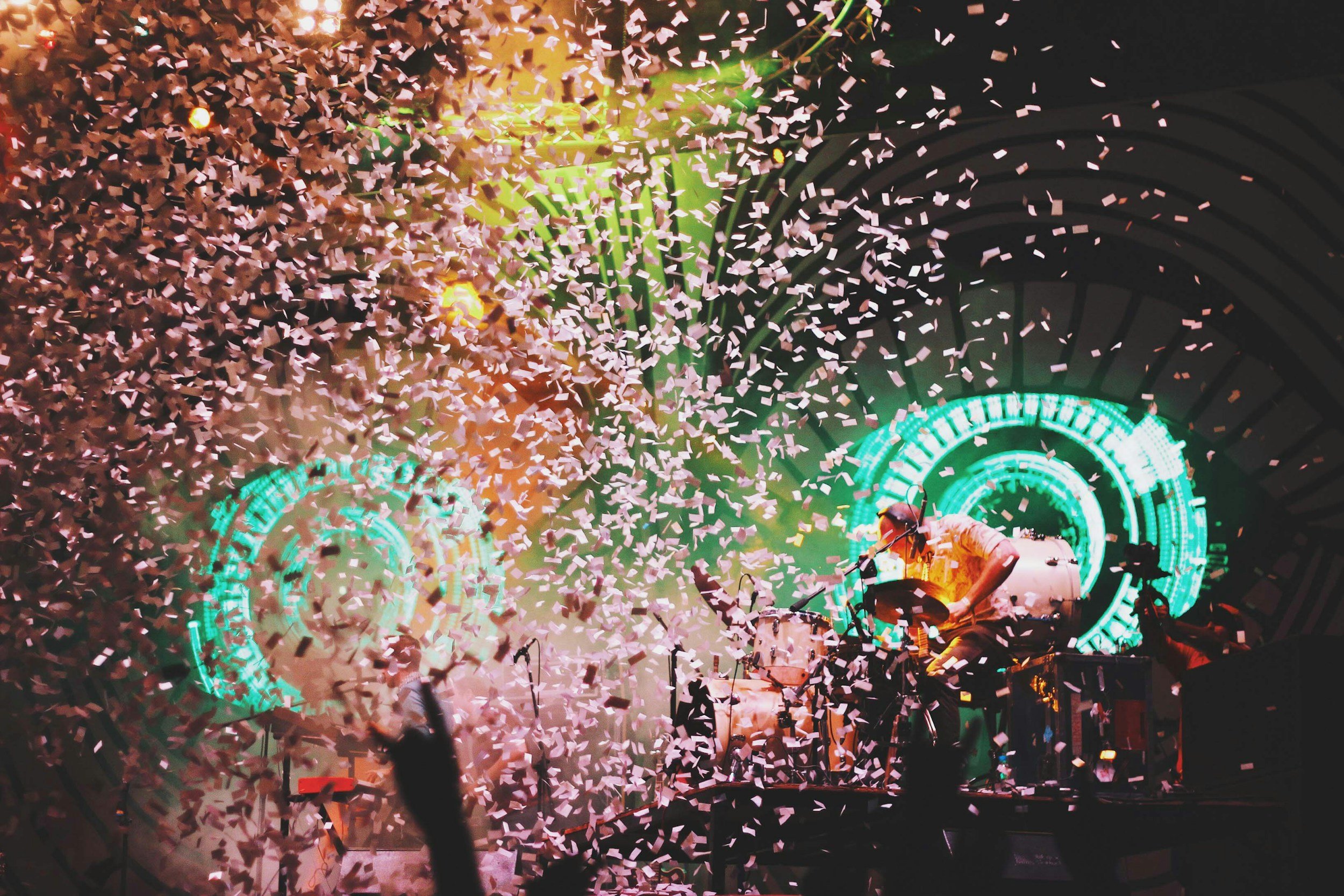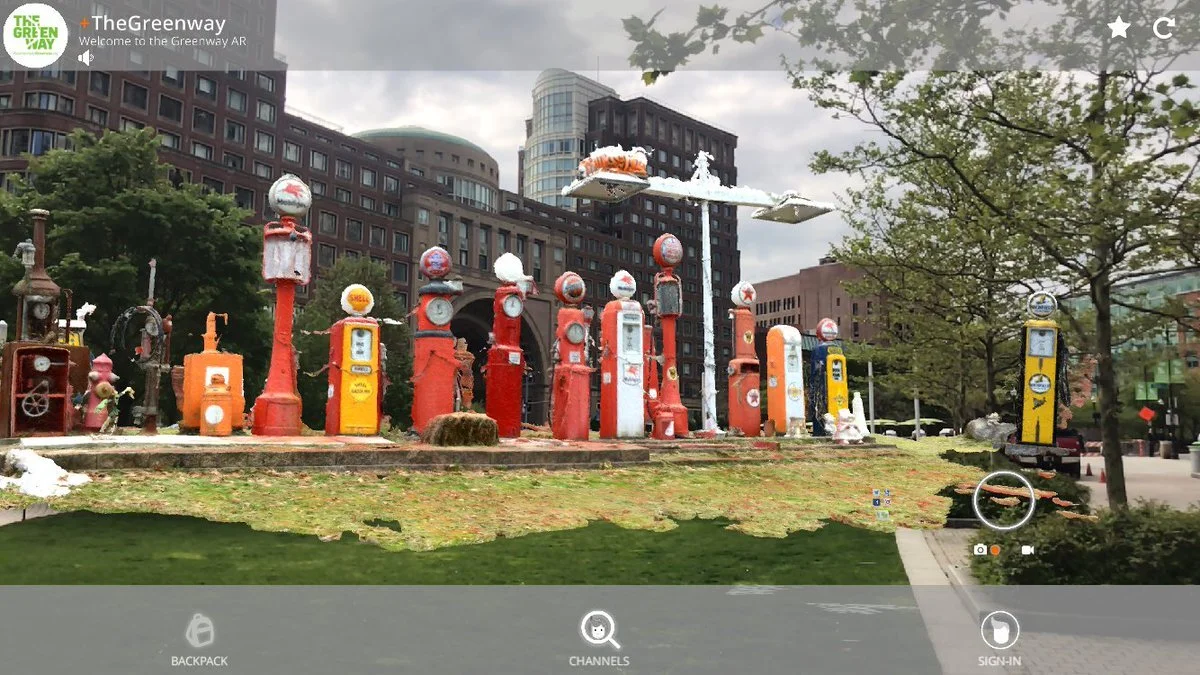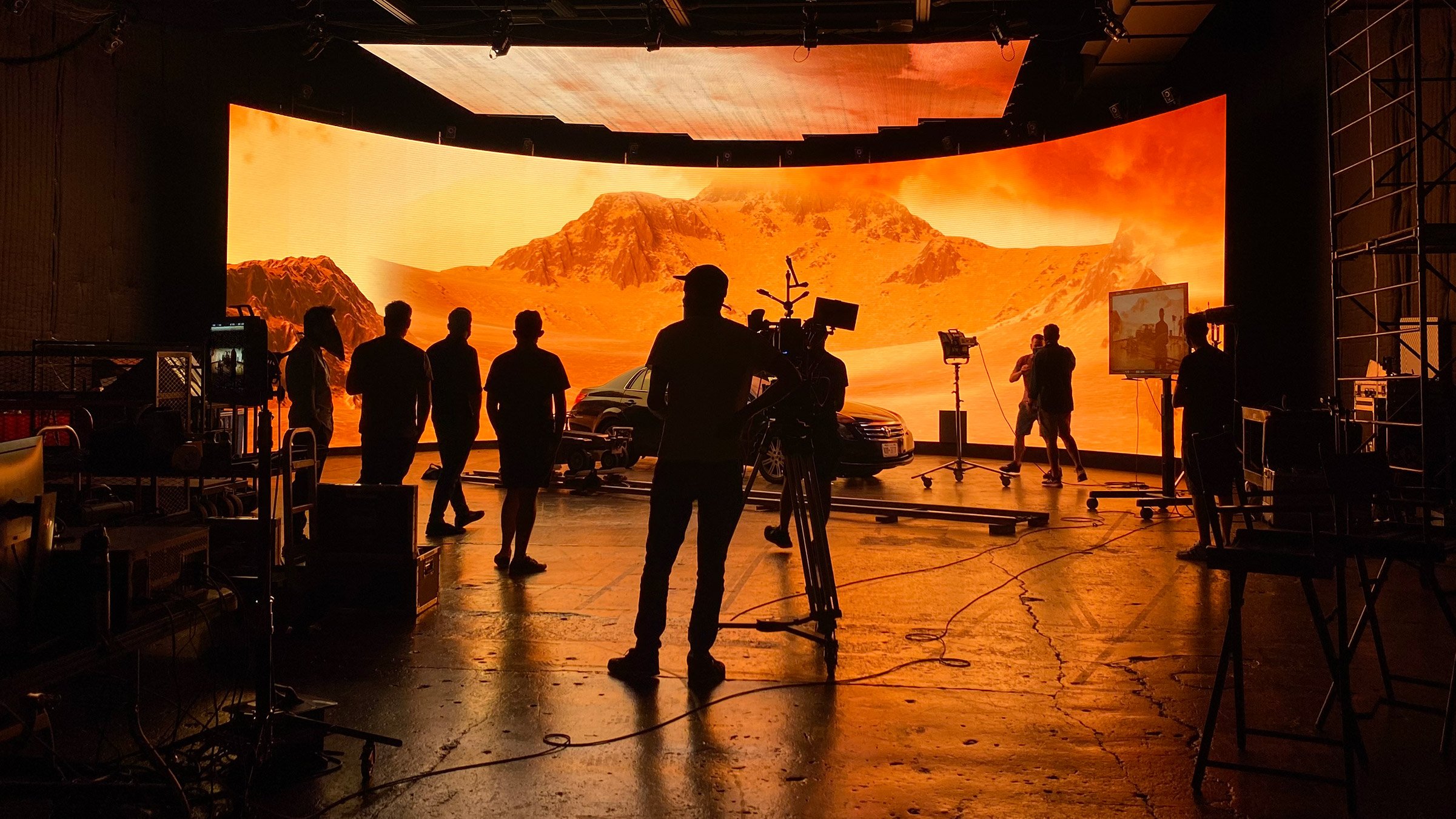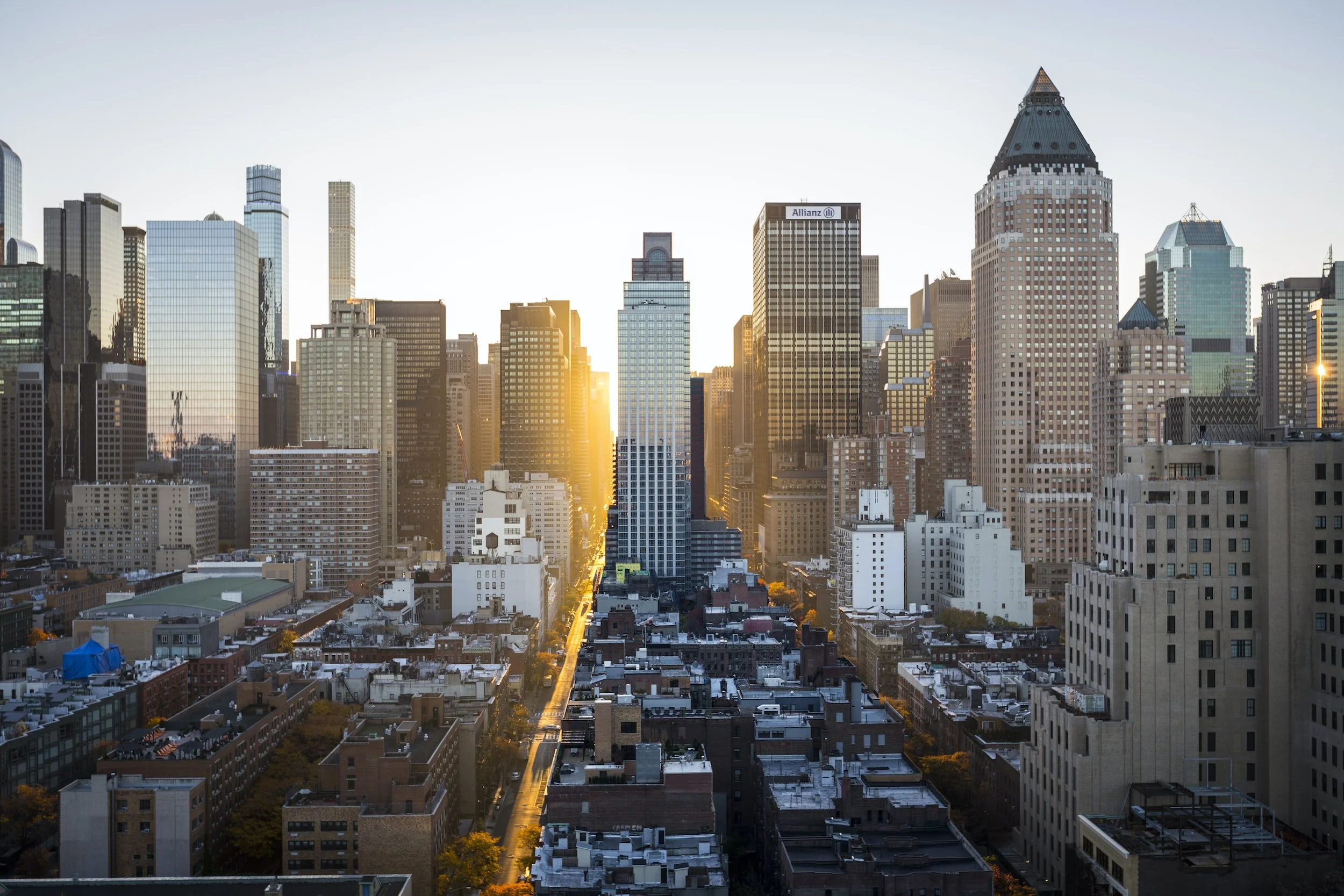It is always fun to take a moment as we close out a year to compare our favorite content to the popularity contest of the web. AI, Sustainability, and Preservation with technology led the charge. Keep reading for the most popular articles and podcasts.
Digital Colonialism in the Global Sphere
Colonialism has consistently been a force in the global purview, including the technological space. In recent years, the expansion of artificial intelligence has vastly increased corporations’ global influence. As the world’s technologies continue to advance and innovate, individuals must keep a watchful eye on the ways in which digital colonialism might repeat harmful practices from the past.
Consumer Habits and Wants in AR, VR and the Metaverse
Researchers conducted surveys and industry expert interviews to understand current and future consumer demand for AR, VR and Metaverse entertainment options. The survey indicated that consumers were most interested in using AR and VR to enhance experiences in concerts, educational content, and gaming. Respondents also indicated that they were interested in joining the metaverse to participate in social experiences and to attend live music events. The research unveiled generational differences, emerging opportunities, and trends to follow to best meet consumer demands.
The Potential Market for AR, VR and the Metaverse
Even though VR, AR, and the metaverse are already a growing part of the consumer
marketplace, it is still important to define these relatively new technologies since they are not yet
mainstream. VR technology enables users to immerse themselves in and “interact with a
computer-generated environment, a simulation of the real world or an imaginary world” (Akbari
et al, 2022). In contrast, AR technology incorporates digital elements or objects into the real-
world environment in real-time (Akbari et al, 2022). The VR market is expected to generate a
global revenue of $20.8 billion, and the AR market is projected to grow to $31.3 billion by 2027
(Statista, 2022a). The market projections indicate the potential growth and opportunities in these
immersive technologies.
Digital Strategy: Not Optional Anymore
Digital strategy has become a buzzword after the explosion of AI in the last 18 months. Yet, it is not about AI. AI has been the tipping point for organizations and professionals to recognize that they must update or create a digital strategy for success. Digitally-forward arts organizations already have a digital component as part of their strategic plan. Read more to understand the need for technology to be a core component of strategic plans and operations.
Top 10 Articles of 2023
November News: The Changing Landscape for Digital Participation in the Arts
Exciting to many, distressing to some – digital media continues to hold the largest share of arts participation, and platforms are finding new ways to engage with online audiences. As new trends emerge, creators across disciplines are advocating and winning fair compensation and increased protection of their work. From SAG-AFTRA to regional theatre, contracts with creators are offering greater rewards for digital content and protections for current and future AI.
How President Biden's Executive Order Might Affect Artists and Arts Organizations
On Monday, the headlines were ablaze with President Biden’s executive order addressing safe, secure, and trustworthy Artificial Intelligence. At 111 pages, the order offers a breadth of policy frameworks and standards creation that affect government operations and industry reporting. However, several areas of note have a direct potential impact on the work of artists and arts organizations: Watermarks of content authenticity, Copyright, and Labor.
AI and Virtual Production: The Past Meets the Future
Technology has played a critical role in the film industry since its inception. Advances in the film industry are always closely related to technological advances in society, integrating them quickly into the filmmaking process. Almost every aspect of filmmaking, from pre-production to post-production, from digital cameras, editing software, sound and music, distribution, exhibition, and of course, special effects, has undergone major changes and has evolved over the last 190 years.
Contemporary, traditional film production involves building physical sets, scouting locations, and coordinating large crews and equipment, all of which can be time-consuming and expensive. To overcome some of these "problems" or “needs” was born what we know today as Virtual Production. Virtual production has and will be further enhanced by the opportunities afforded by artificial intelligence.
Digital Inequity's Impact On Arts Participation Pt. II
This is the second installment of research relating to digital equity and arts communities. The research discusses the potential role of media and digital arts in the fight toward digital equity, compares barriers to digital participation with arts participation, and explores the role of libraries as critical players in combatting digital inequity.
Digital Inequity's Impact on Arts Participation Pt. I
how does digital inequity impact the arts sector and how might the arts sector respond to the digital inequities in their communities? This research was compiled under the belief that the arts can have a role in combatting issues of equity and inclusion outside the field of arts and culture. The arts’ role in the broader public sphere can improve the lives of all members of a community. The hope for this research is to begin to understand how that can begin to take shape to address digital inequity.
2022 Top 10 Articles
Every year we review our analytics to highlight what you, our readers, have found the most compelling. In 12 short months, we have witnessed waves of new technology erupt onto the marketplace, like OpenAI’s Dall-e, and others tumble into chaos, most notably cryptocurrency. The top 10 show how YOU have followed the change.
Digital Stewardship is the Future for Contemporary Art Museums
The Need for Art in the Smart City
2022 UX Design in Museums: How Are “Innovative” Exhibits Driving Attendance?
User Experience Designers in today’s world must discover new ways to evolve their work alongside the external challenges that they encounter. Since the Covid pandemic began, many museums have adapted their exhibits to be accessible online, allowing for continued traffic and artist exposure— from the living room couch rather than in person. How have levels of digital readiness compared to user experiences?
NFTs and Arts Management
As the world seemed to erupt with NFTs in spring 2021, AMT Lab thought it would be an appropriate time to curate a collection of essays on the emerging, some might say exploding, world of NFTs with a focus on the arts and technology’s disruptions. The following article provides context to the arts marketplace, ownership, and the disruptions caused by blockchain technology, especially NFTs, and concludes with a short commentary on the forthcoming collection and an existential thought to send you along your way down the rabbit hole of NFTs and blockchain.
For Theatres, Digital Experiences are Here to Stay
One of the biggest shifts that the theatre industry has seen as a result of the pandemic is the rise in virtual experiences. For millennia, theatre has been an art form that brings people together in the same space to share the buzz of excitement and thrill of emotion connected with live performances. However, Covid-19 has made this almost impossible. Over the past few months, institutions have been forced to make changes, but this has allowed for innovations in the field as well. The issue moving forward into the “new normal” is how to operate in terms of offering seasons as in-person or virtual experiences. I believe that theatres will choose to integrate both types of programming into their future season planning because of the developments made during the pandemic.
New Tech Impacts Ancient Sites
Last April, contributor Jana Fredricks attended the 2018 Museums and the Web conference in Vancouver. Amidst the chatter of digital collections, online audience engagement, and shiny new tech, she presented research on three technologies that have changed the way cultural heritage sites are understood and documented in the digital age. Her paper, Digital Tools and How We Use Them: The Deconstruction and Reconstruction of Cultural Heritage in Syria, was presented in a panel entitled Post-Colonial Digital.
Why Net Neutrality Matters for Arts Institutions
Net neutrality died by the hand of the FCC in November 2017. The policy, to be implemented summer 2018, will be detrimental to the work and impact of arts institutions and artists. The following article provides an overview of what changed, why net neutrality is important to the arts, and what you can do to help reverse the policy, or, as AT&T's CEO has called for, ask for Congress to create a consumer Internet Bill of Rights.
The Role of Technology in Museums
With tools like beacons, iPads, touch screens, and haptic interfaces, technology provides museumgoers with detailed information, customized viewing experiences, and precise location mapping services. However, the use of digital technology in museums is often seen as a double-edged sword, which begs the question: does technology really belong in museums?
























